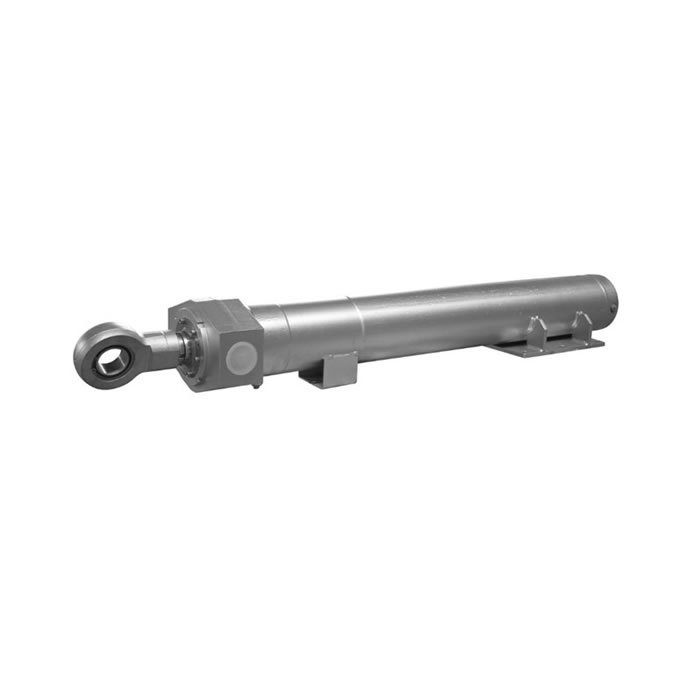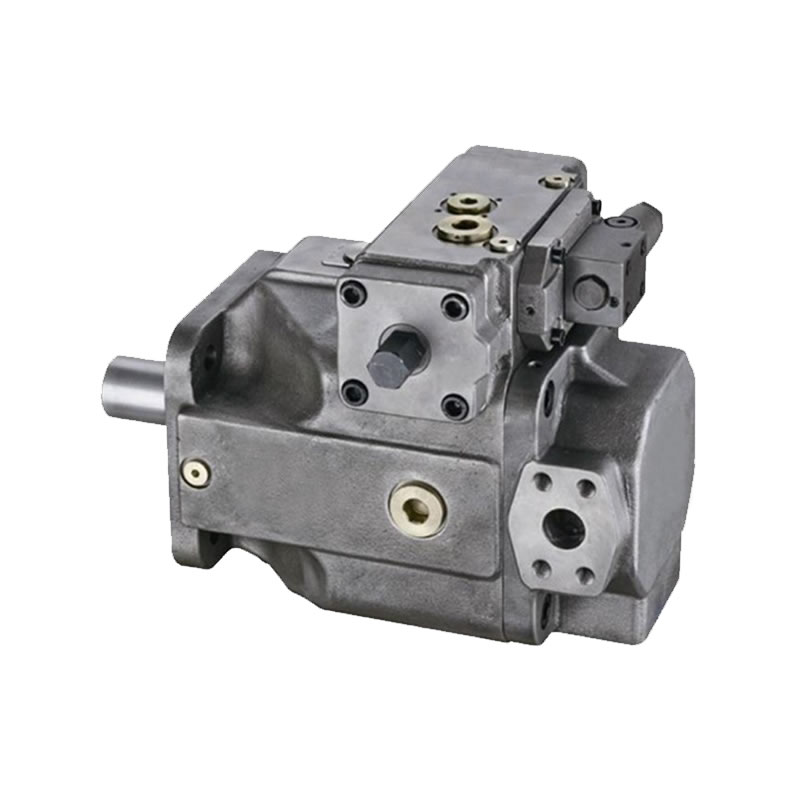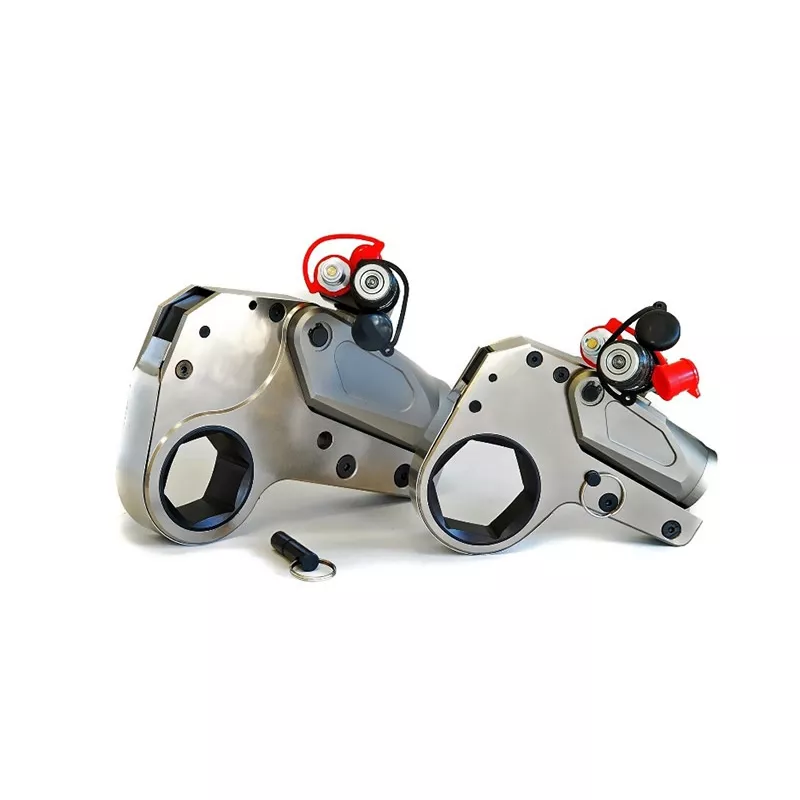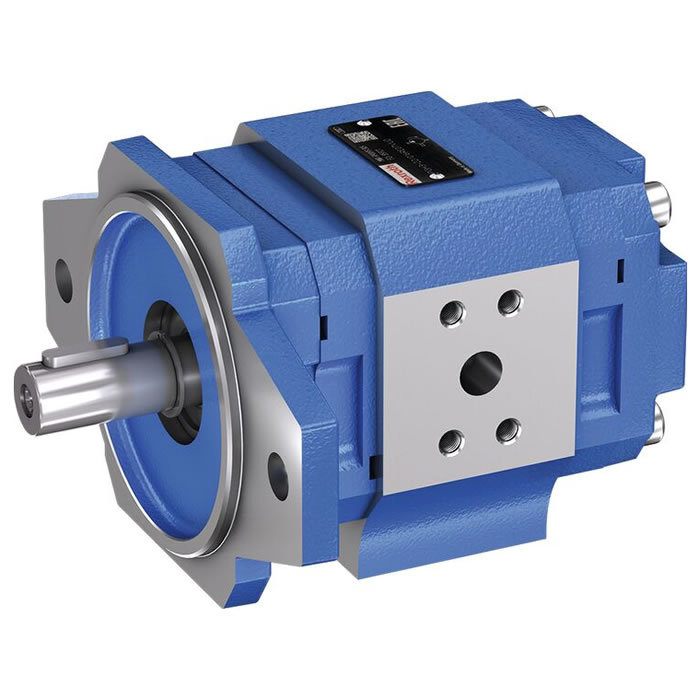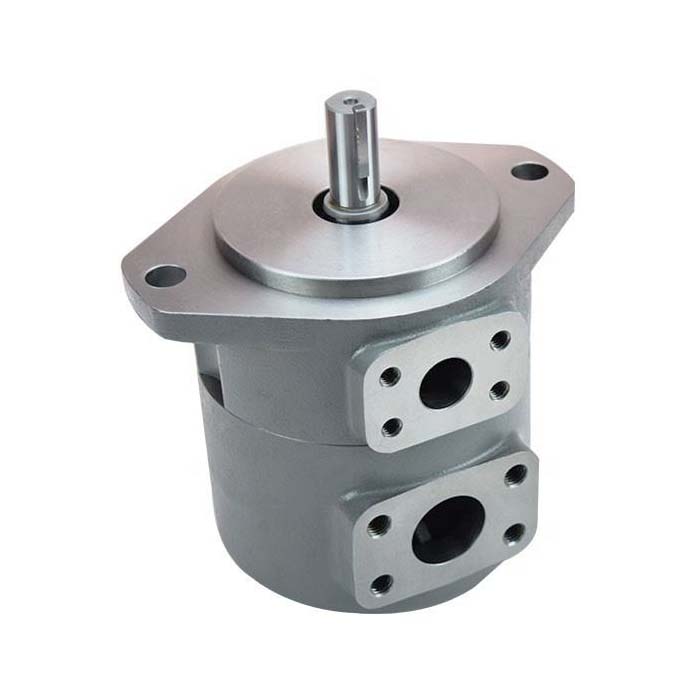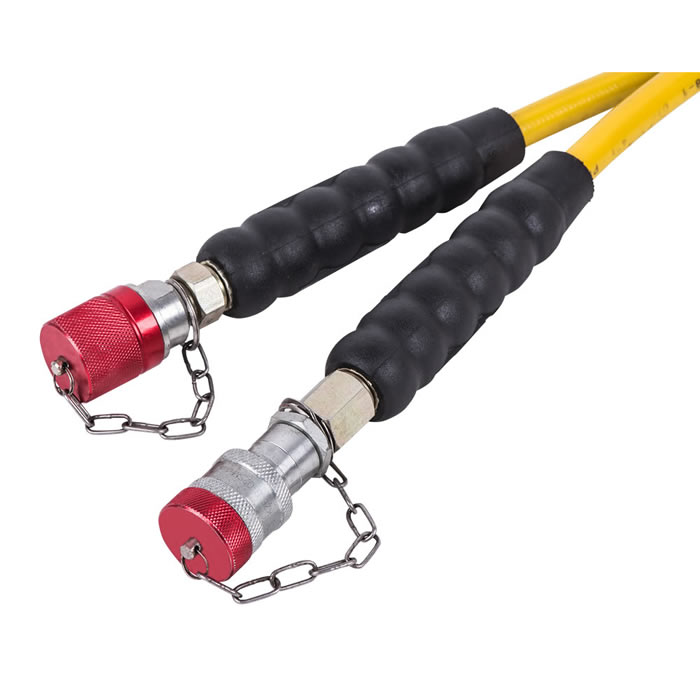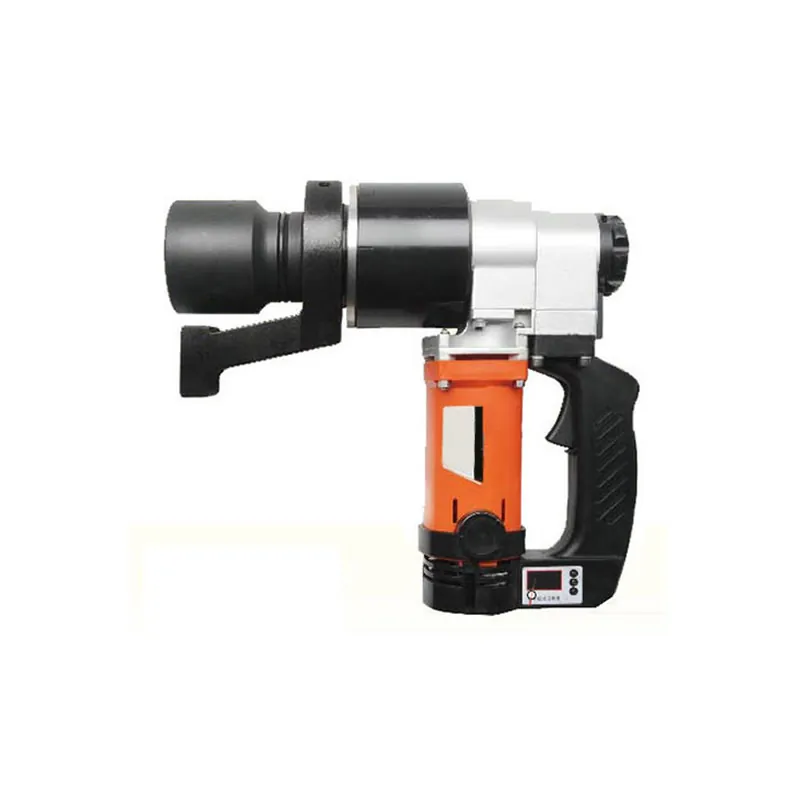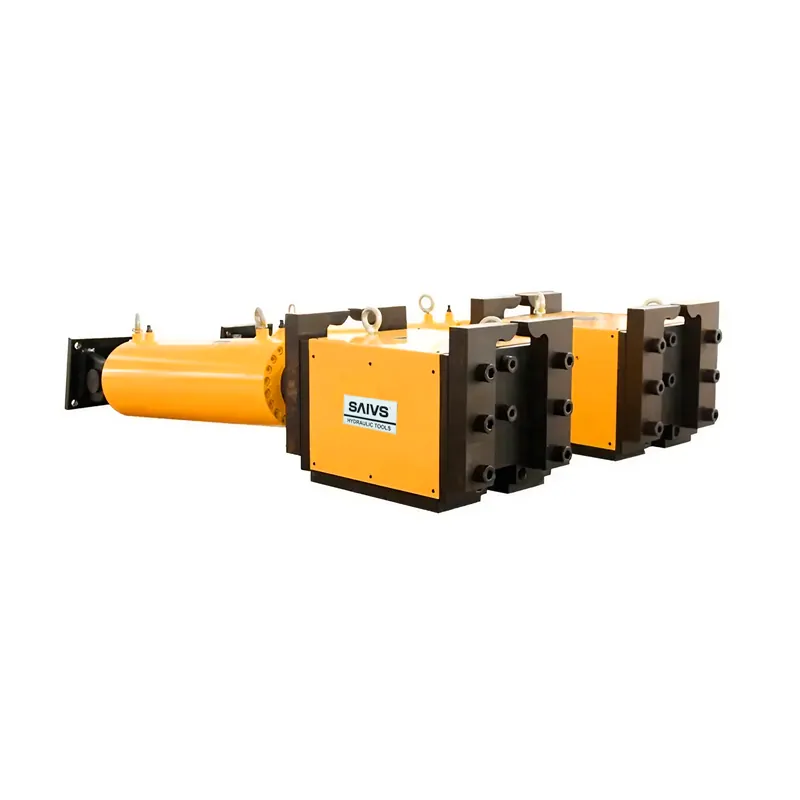How to Bleed Air from a Hydraulic Cylinder
Hydraulic Cylinders are integral components of Hydraulic Systems
and are commonly found in industrial settings,factories, and machinery.
Hydraulic Cylinders rely on a fluid to create power and movement,
and when air gets into the cylinder, it has the potential to cause a range of problems,
such as reduced efficiency, uneven movement, and even complete failure.
Reason for Air Intake into Hydraulic Cylinders
One of the primary causes of air intake into hydraulic cylinders is leaks.
Hydraulic systems operate under high pressure,
and even a minor leak can result in air being sucked into the cylinder.
Air intake can also occur during the initial filling of the hydraulic system,
and as hydraulic systems age, seals can degrade, resulting in air intake.
Air is detrimental to hydraulic cylinders because it is compressible.
This means that during the compression stroke, air compresses rather than pushing the piston,
which reduces the force that the cylinder can produce.
Air can also prevent complete extension of the piston, which results in uneven movements.
Determining Air Intake into Hydraulic Cylinders
Determining air intake into hydraulic cylinders can be difficult.
Symptoms of air intake, such as reduced power and uneven movements,
are also associated with other hydraulic issues,
and so it can be challenging to diagnose the problem’s root cause.
One simple way of determining air intake is by sight.
If air intake has occurred, then the hydraulic fluid may appear ‘foamy’.
This is caused by the fluid mixing with air and results in reduced efficiency and lubrication.
Another method of determining air intake is to record the cylinder’s travel time and force
and compare them to the manufacturer's specifications.
If the cylinder moves slower or produces less force than the specifications, then air intake is likely.
How to Exhaust Air from Hydraulic Cylinders
To exhaust air from hydraulic cylinders, we need to remove the air from the hydraulic system.
This can be achieved through a process called ‘bleeding the system.’.It involves two primary steps.
First step is identify the high point in the hydraulic system.
Once the high point is identified, we can proceed to ‘bleed’ the system.
Bleeding the system involves opening the bleed valve, which allows air to escape.
We continue the process until fluid begins to escape from the valve with no air bubbles.
This indicates that all of the air has been removed from the system.

